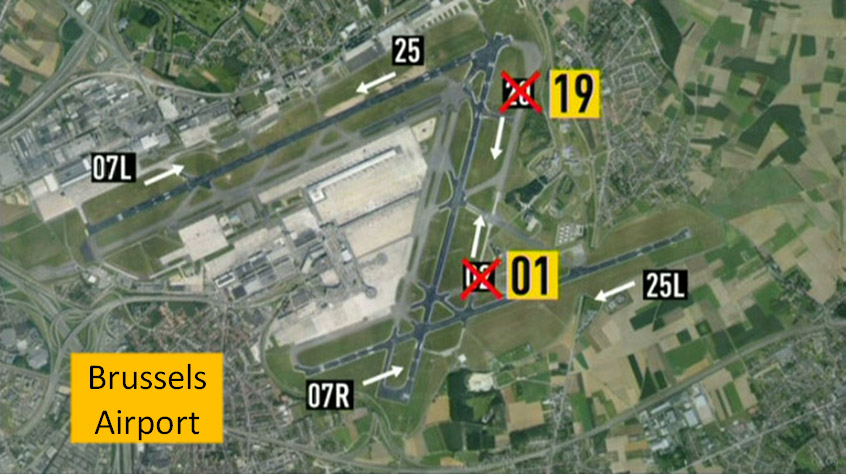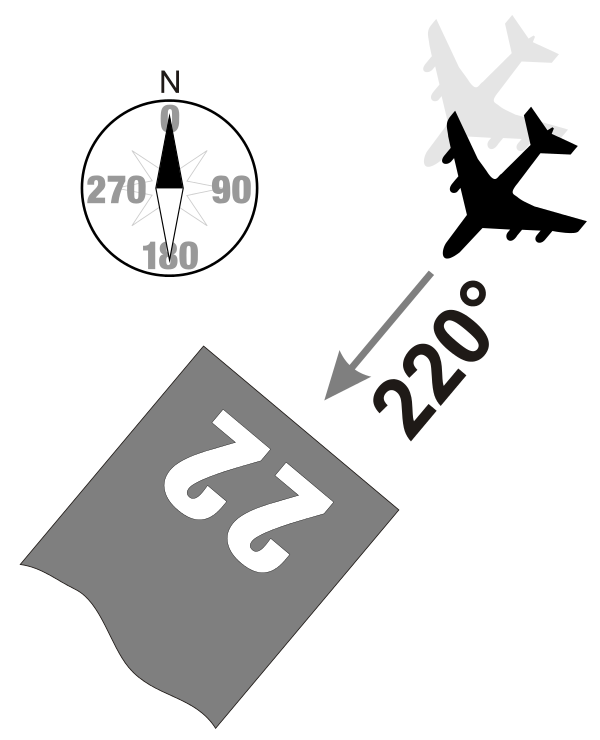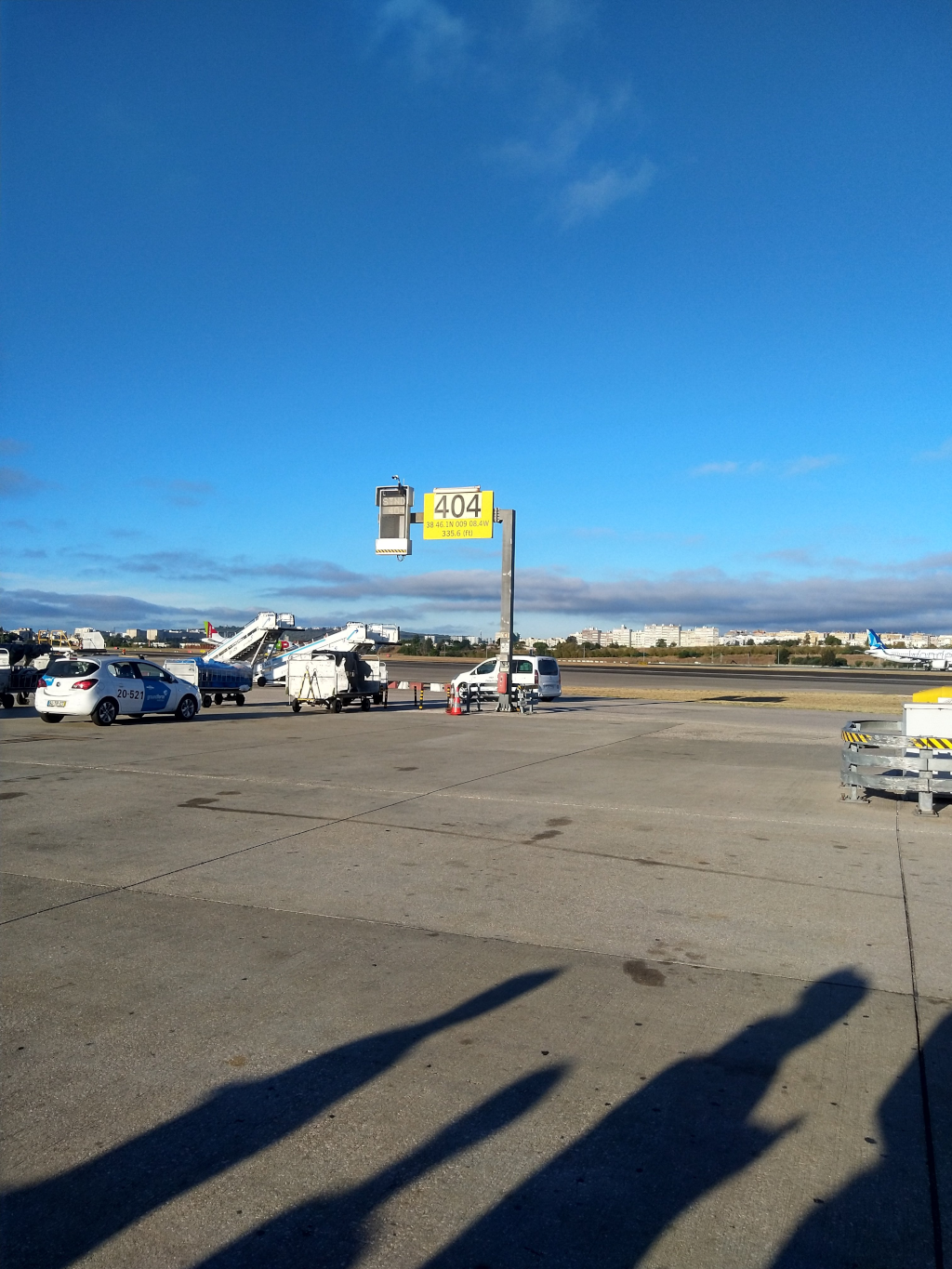On airports all over the world, runways are numbered from 01 to 36 depending on their orientation towards the compass: runway 09 points to the East (90°), runway 18 to the South (180°), runway 27 to the West (270°) and runway 36 to the North (360°). Because runways can be used in the two opposite directions (that differ by 180°) they are assigned two numbers that always differ by 18. That explains why runway 02 is called runway 20 when used in the opposite direction an why runway 07 is also called runway 25.

The compass points to the North Magnetic Pole1 whose location is not entirely stable. The North Magnetic Pole of our planet shifts a little every year, resulting in 11 degrees becoming 10 degrees over time. A couple of years later, 10 degrees will turn into 9 degrees. That's why airports end up having runways whose number no longer corresponds to the reality of the compass. Although the annual shift is not that large, Brussels Airport had to rename its 02/20 runway in 2013. It is now called runway 01/19. The new runway number became official in the night of September 18, 2013. Although this wasn't the first time such an event happened at a big airport, it is quite rare and barely documented. The two other parallel runways at Brussels Airport already got a new number in the early 1970's: the runway known as 08/26 until that time was renamed as 07/25. However, it probably will need to be renamed again into 06/24 in a couple of years time.
Assignment
Every runway at an airport is assigned an integer between 01 and 36 (limits included). This number is equal to one tenth of the angle between the direction of the runway and the North Magnetic Pole. The numbers are rounded to the nearest integers. This means, for example, that all runways having an angle in the interval [215°, 225°[ are assigned the number 22. A runway is never assigned the number 00, because number 36 is the preferred number.

Depending on the wind direction, a runway is approached from one of the two opposite directions. A runway is therefore assigned not one but two numbers. A runway that is assigned number 33 in one direction, is equal to runway 15 if approached from the opposite direction. The difference between both numbers is always 18 (corresponding to 180°). The indication of a runway consists of two numbers separated by a forward slash: dd/dd. Each number is represented by two digits (numbers less than 10 are represented with a leading zero). The first number is always less than the second number.
Input
A number $$\alpha \in \mathbb{R}$$ ($$0 \leq \alpha < 360$$) that represents the angle (in degrees) between one of the flying directions of a runway and the direction that points to the North Magnetic Pole.
Output
The indication of the runway in the format dd/dd.
Example
Input:
224.57Output:
04/22Epilogue
Should we be surprised that no aircraft was found at stand 4042?
